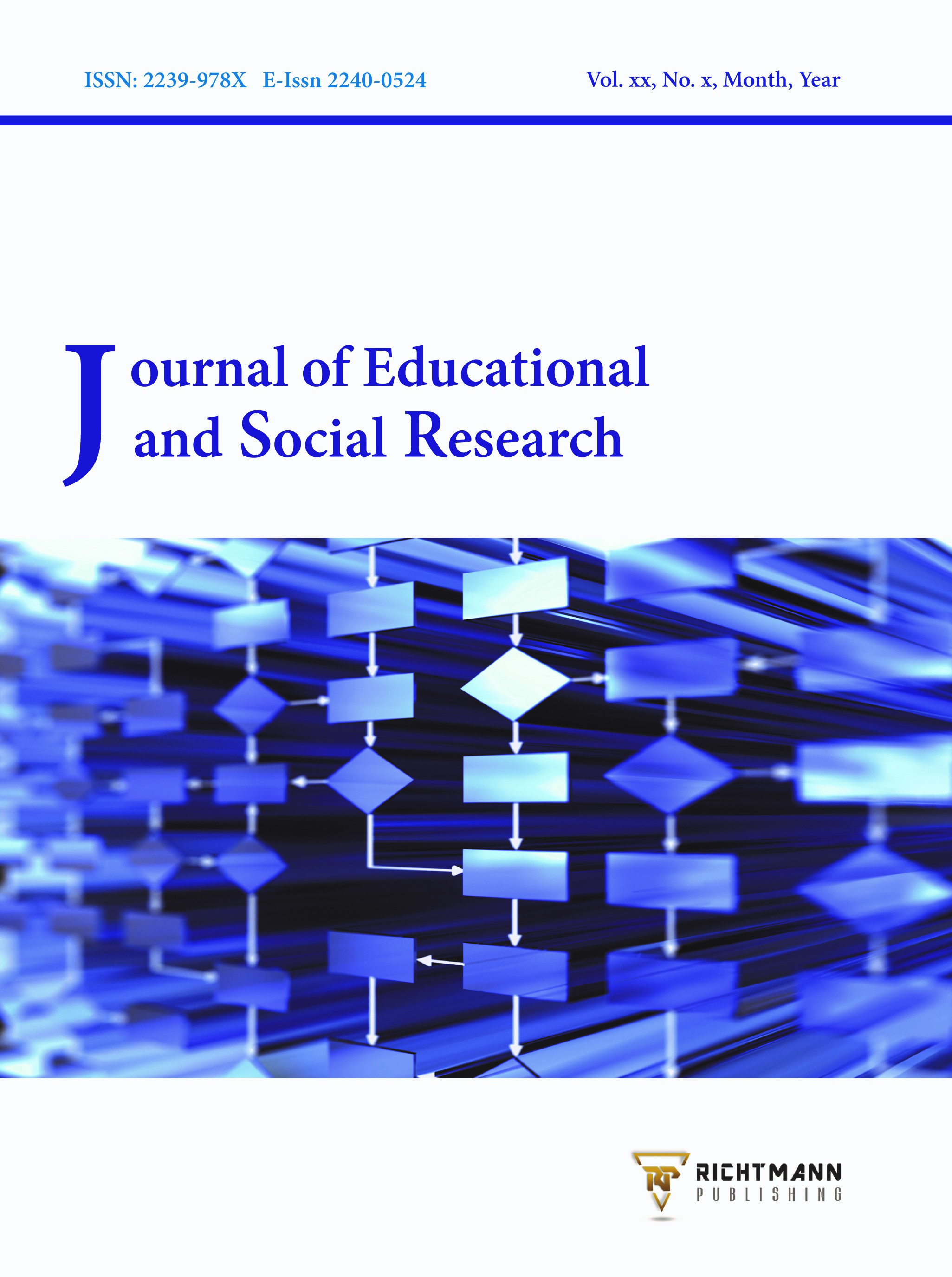Pre-Service Teachers’ Perceptions on Active Learning Strategies in Online Classrooms
DOI:
https://doi.org/10.36941/jesr-2022-0136Keywords:
active learning strategies, online teaching, pre-service teachersAbstract
Active learning is broadly viewed across a range of subjects, as a student-centered method for transmitting knowledge in a student-engaging manner. However, in an online setting, when instructors and students interact through chat boxes, breakout rooms, microphones, or web cameras, active learning can be applied in different ways. In order to gain an understanding of the influence of active learning used in online teaching and learning, this study was conducted with pre-service teachers from a private American university in Kuwait, selected by employing purposive sampling to get reliable data. An explanatory sequential mixed method design was used with an adopted Student Response to Instructional Practices (StRIP) instrument to collect quantitative data from 96 pre-service teachers. Interviews were conducted with 15 pre-service teachers to elicit information about their experiences regarding the use of active learning strategies introduced and practiced during semester-long online teaching and learning. In contrast to previous studies about students’ resistance to active learning, the current study points to a preference for the active learning method of instruction as a convenient approach that would provide an opportunity for all students in online classes to think and engage with course material and make the whole learning process more effective.
Received: 21 July 2022 / Accepted: 29 August 2022 / Published: 2 September 2022
Downloads
Downloads
Published
Issue
Section
License

This work is licensed under a Creative Commons Attribution-NonCommercial 4.0 International License.
This work is licensed under a Creative Commons Attribution-NonCommercial 4.0 International License.









